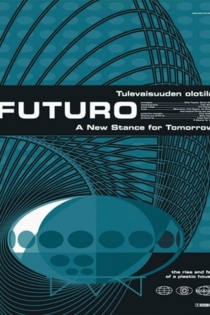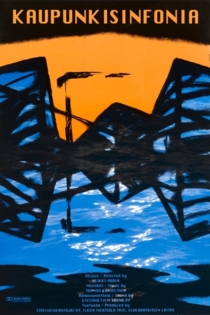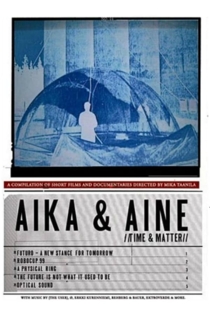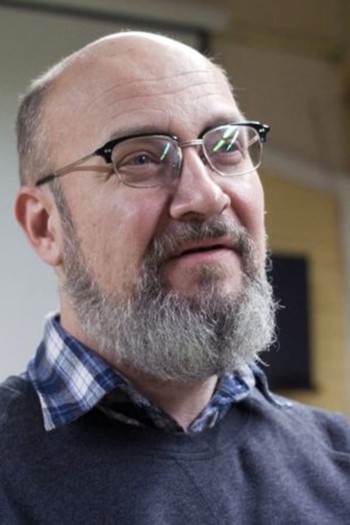
Mika Taanila
1965 (60 лет)international film festivals such as TIFF Toronto, IFFR Rotterdam, Berlinale, CPH:DOX, Clermont-Ferrand, Karlovy-Vary, Midnight Sun Film Festival, IDFA Amsterdam and Kurzfilmtage Oberhausen. Taanila’s moving image installations have been shown at major international group shows, such as Venice Biennale (2017), Aichi Triennale (2013), Documenta (2012), Shanghai Biennale (2006) and Berlin Biennale (2004). Solo shows include Padiglione de l’Esprit Nouveau, Bologna (2020), STUK, Leuven (2018), Kiasma, Helsinki (2013–14), CAM, St. Louis (2013), Badischer Kunstverein (2008) and Migrosmuseum, Zurich (2005). In 2015 Taanila was awarded The Ars Fennica prize.
Patentti Nr. 314805
Mika Taanila
Finnish engineer Eric Tigerstedt solved the dilemma of sound-on-film already before the First World War. All images and sounds in this short film are produced from the surviving test materials originally created in 1914.
Patent Nr. 314805
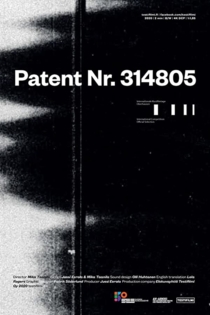
Mannerlaatta
Mika Taanila
In a bold and original approach to memory, this Lettrist-inspired film maps an anxiety-ridden plane journey from Tokyo to Helsinki without the aid of photographic images. A variety of interventions on the film strip are combined with an atmospheric sound design to create a subjective story of displacement and containment. In an age when experience is increasingly mediated through digital technologies, Taanila seeks out an alternative language in the sensuous surfaces of the celluloid material.
Tectonic Plate
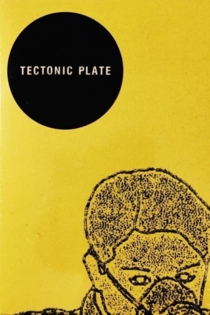
Spindrift
Petri Kuljuntausta, Mika Taanila
In 1965, Swedish composer/musician Jan Bark proposed an experiment for a new kind of 'music for black-and-white TV'. Bark's friend Erkki Kurenniemi programmed the animations. The original version was lost: this reconstruction was made with the help of Bark's diaries, laboratory notes and reminiscences from people involved.
Spindrift
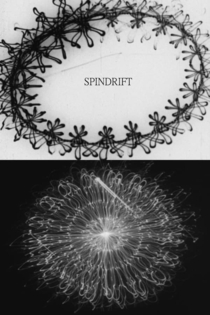
Optinen ääni
Mika Taanila
Do machines play music? Is there a difference between a dot matrix printer and a record turntable? Optical Sound, Taanila’s 2005 wide-screen interpretation of [The User]’s brutalist sound piece for an array of obsolete printers, depicts the devices ratcheting horizontally together in a stalled symphony, inkjets repeatedly blackening the same area on the page. It is not the blurring of man with machine that lies at the core of this film, but the blurring of the spaces that each has been traditionally obliged to occupy. We disappear into our data streams, which are everywhere and “nowhere” at the same time. (Ken Hollings)
Optical Sound

Maailma
Mika Taanila
The Man Who Fell to Earth (Roeg, 1976) evacuated and flipped. In abandoned landscapes, animals, furniture and empty vehicles are left awaiting for disaster. The upside-down world is accompanied by sounds from the original film and “Man Who Sold The World” popping up backwards. A “film without film” and my Bowie tribute – without Bowie. (M.T.) ”We must have died alone, a long long time ago.” (D.B.)
The World
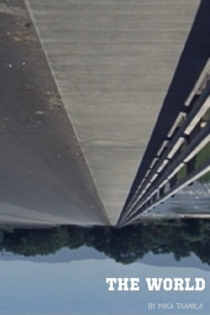
60 Seconds of Solitude in Year Zero
Edmund Yeo, Oliver Whitehead
An anthology of one-minute films created by 60 international filmmakers on the theme of the death of cinema. Intended as an ode to 35mm, the film was screened one time only on a purpose-built 20x12 meter public cinema screen in the Port of Tallinn, Estonia, on 22 December 2011. A special projector was constructed for the event which allowed the actual filmstrip to be burnt at the same time as the film was shown.
60 Seconds of Solitude in Year Zero
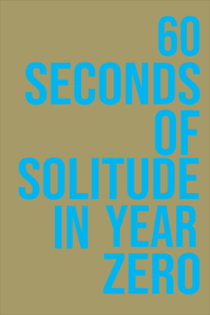
Sad Song of the Hard-Edge Transition Wipe Markers
Mika Taanila
Early 1950s newsreel laboratory marker films used for indicating effects like wipes, dissolves and fade-outs in the work print, now freed from their utilitarian practice into a fantasy realm.
Sad Song of the Hard-Edge Transition Wipe Markers


